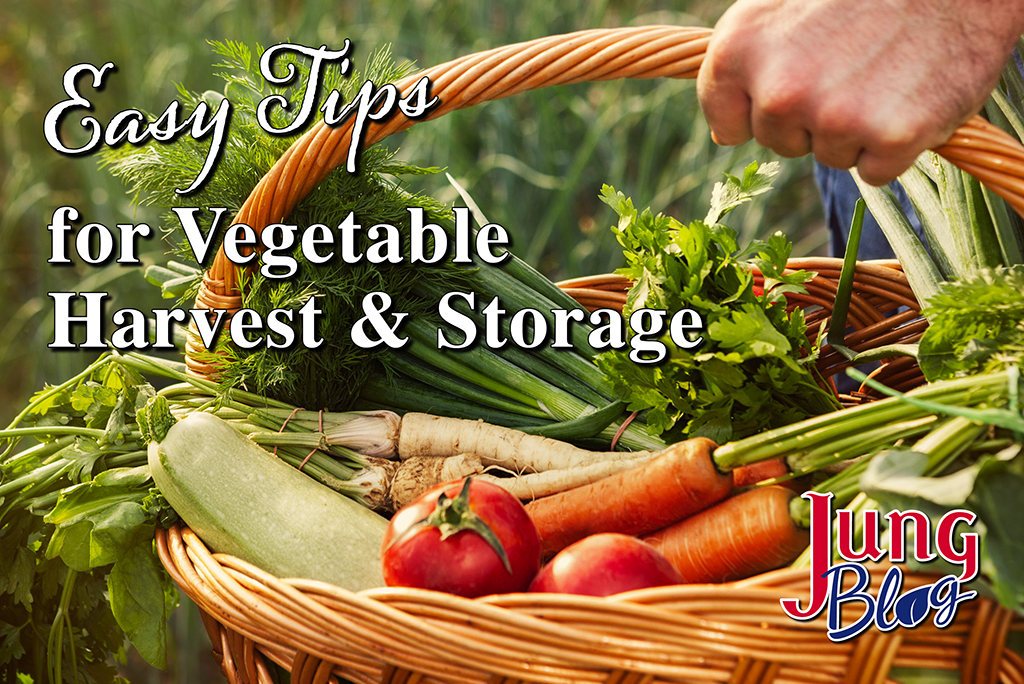
Updated: June 20, 2025
If you are like me, your garden is full of produce ready to be picked, and you may find yourself overwhelmed with everything that is ripening at once. Fortunately, most vegetables can be stored or preserved until you are ready to eat them.
Preserving The Vegetable Harvest
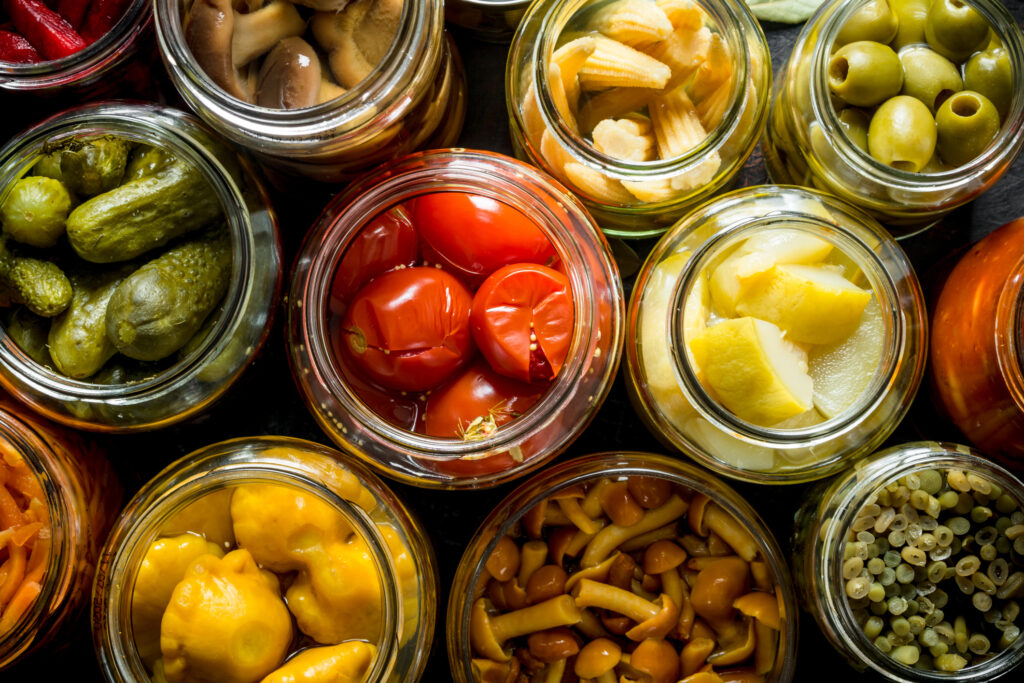
If you are hoping to keep vegetables longer, consider preserving them by freezing, drying, canning, or pickling. The steps to preserving them are more complex than simply storing them, but you can have a stable supply of vegetables all winter!
You can freeze nearly any vegetable to keep them good for eating. Blanching vegetables before you freeze them is vital to preserve their flavor and nutrition.
Drying is a great way to keep your vegetables tasting good while not requiring much extra work. Because dried vegetables lack moisture, they are lightweight and easy to handle, especially if you need a snack while gardening.
Canning involves more work than other preserving methods, but the reward is worthwhile. Remember to check which vegetables are suitable for canning before you begin the canning process.
You can add lots of flavors to vegetables by pickling them. And it is not just cucumbers! Other vegetables can be pickled using various types of vinegar and spices.
Tips For Harvesting Vegetables
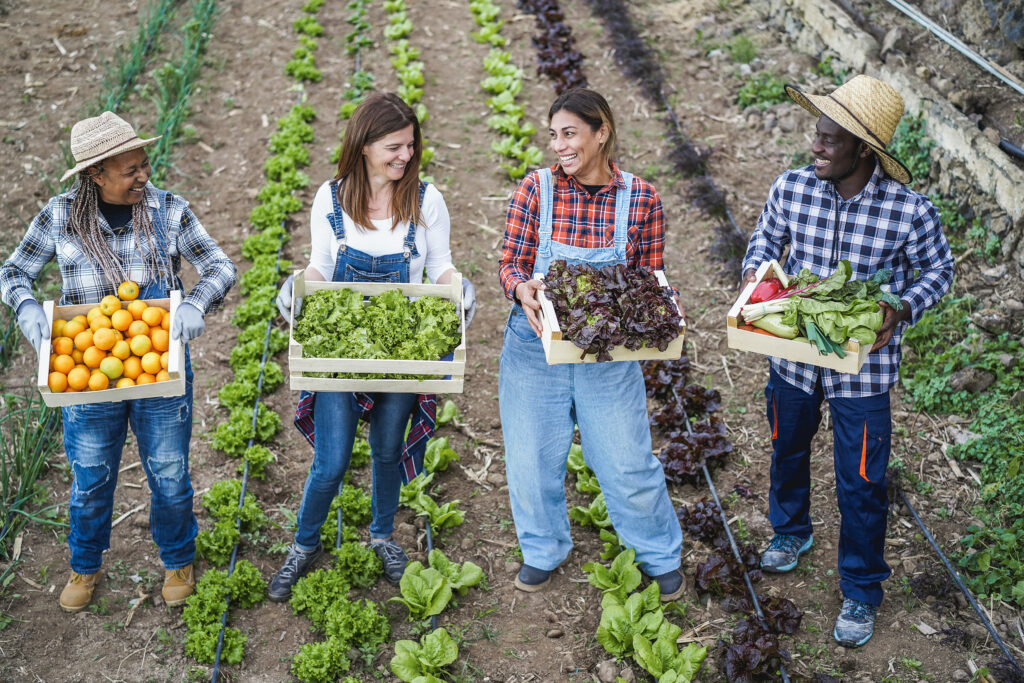
The best way to store vegetables is by picking high-quality fruit (many vegetables are actually considered fruit) off the plant. Low-quality vegetables can create problems in storage. You should also avoid bruising or breaking vegetables before storing them. Vegetables that are handled less will keep longer.
Storing Your Veggies
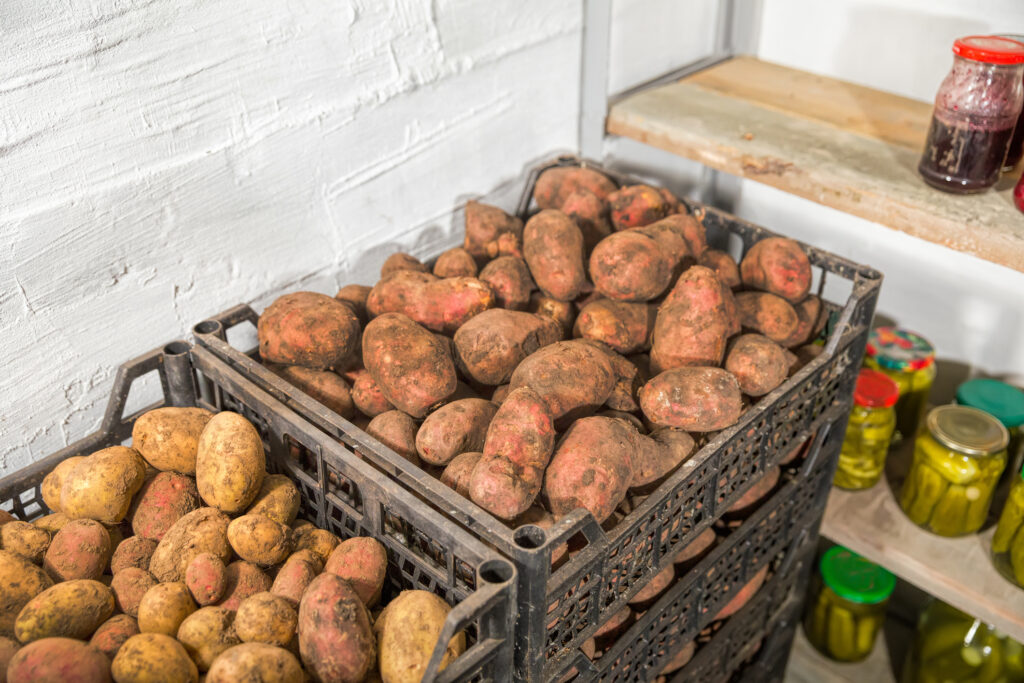
It is important to note that certain vegetables store better than others. For example, tomatoes, peppers, and cucumbers require cool and moist conditions that are difficult to maintain in a home, making it hard to store them for long periods. Some vegetables, like carrots and onions, can be stored for months. Understanding the storage process will help you keep your vegetables fresh and tasty.
Vegetables typically prefer one of three conditions for long-term storage:
– Cool and dry (50-60°F with low humidity)
– Cold and dry (32-40°F with low humidity)
– Cold and moist (32-40°F with high humidity)
Several parts of your home can work for storage, but those areas will likely not fit the exact storage requirements.
Basements are ideal for vegetables that like a cool and dry environment. Remember to protect them from rodents and provide ventilation to keep the vegetables fresh.
Refrigerators are cold and dry, allowing you to store certain vegetables, like garlic and onions, for long periods. Most vegetables prefer more humidity, which you can provide by placing them in plastic bags. The bag method only works for a short time frame, as the moisture can lead to mold problems after a couple of weeks.
A root cellar is a good storage location with cold and moist conditions. You can provide insulation for the vegetables using hay, straw, or wood shavings.
Vegetable Harvest & Storage
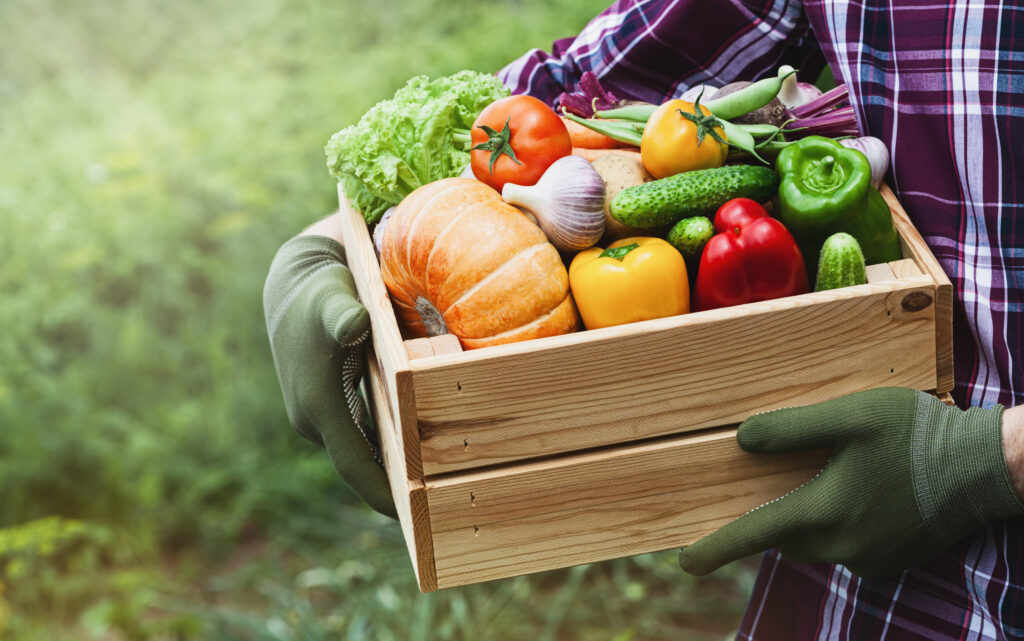
Every vegetable has different requirements for harvesting and storage. Here’s a guide to help you store different vegetables. And remember, some vegetables will keep for a short time, so consider preserving them or sharing them with neighbors.
Harvest: Should be harvested when the spears are six to nine inches long, normally the third year after planting.
Storage: It prefers cold and moist conditions for storage and will remain fresh for about two weeks.
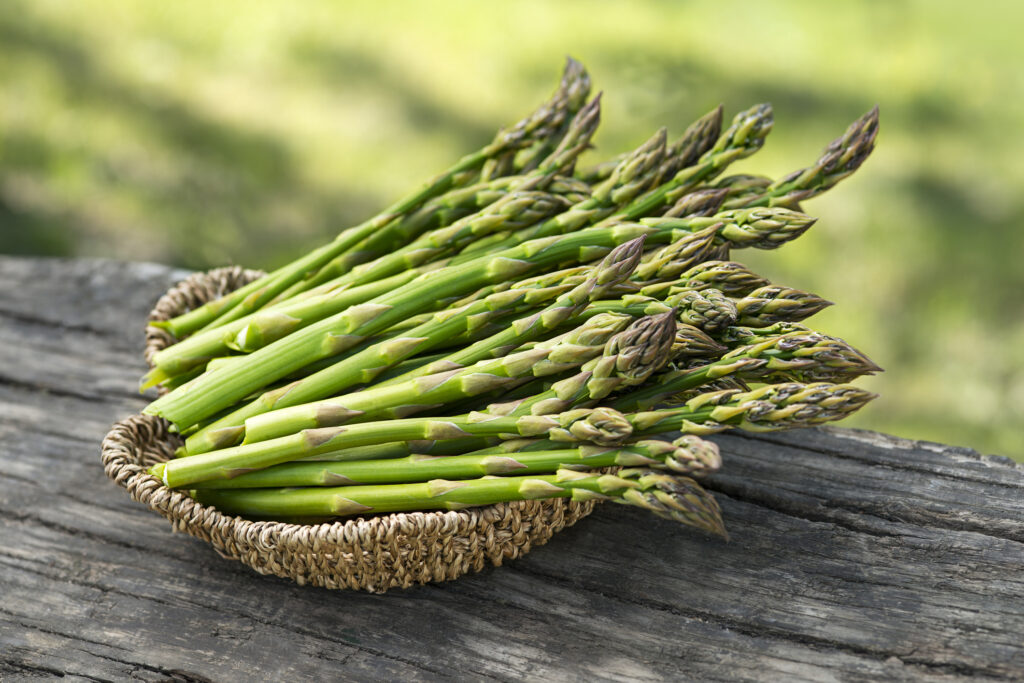
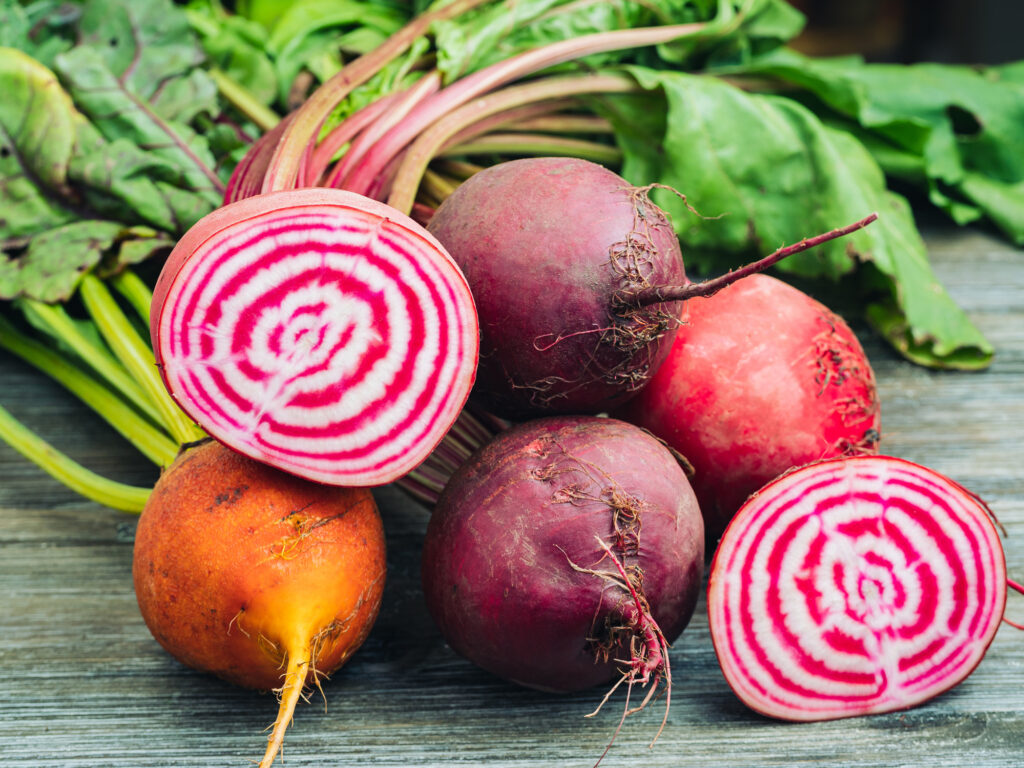
Harvest: These should be harvested when their diameter is 1 ¼ to 3 inches.
Storage: You should remove their green tops, then place them in cold and moist conditions. Their shelf-life is around five months.
Harvest: Should be harvested when the flower buds are tight and green.
Storage: It prefers cool, moist conditions and has a shelf-life of two weeks.
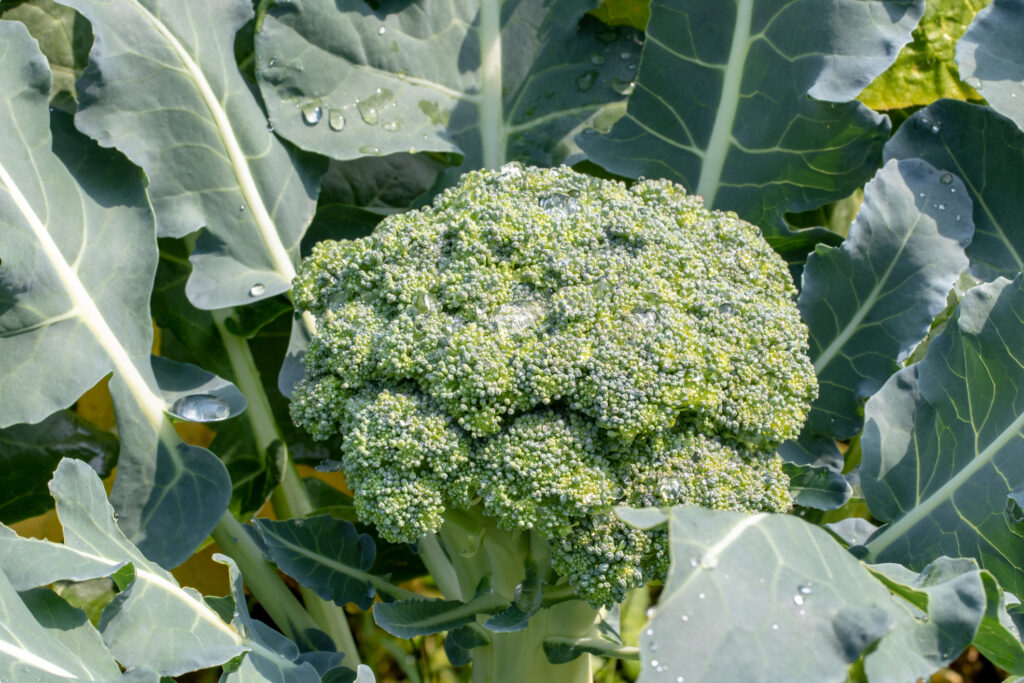
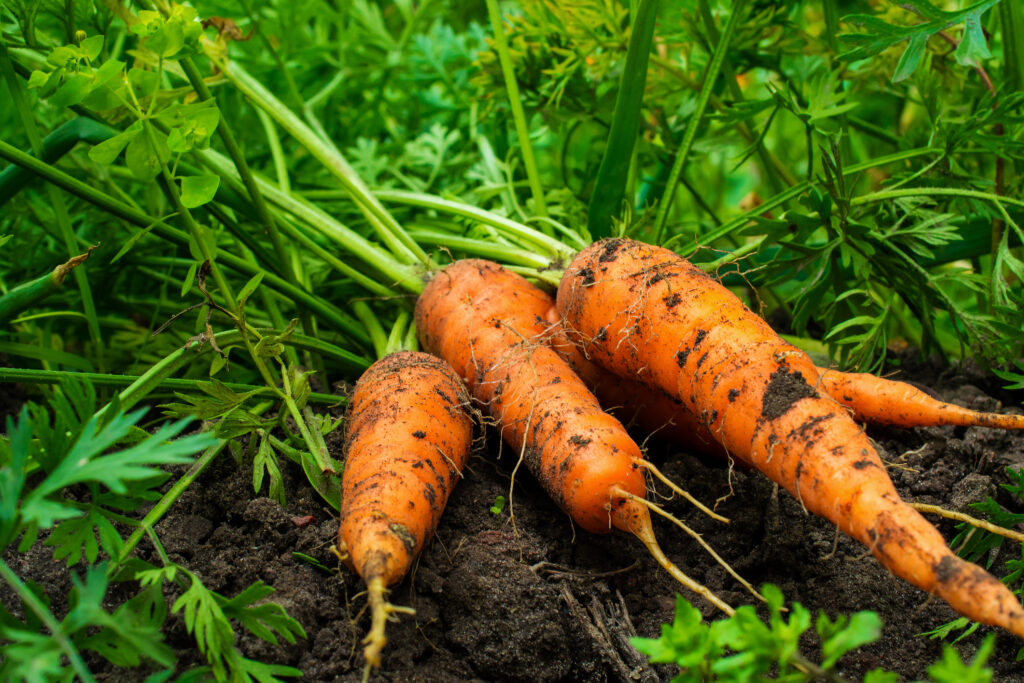
Harvest: Harvest when the carrot top becomes one inch wide.
Storage: Remove the green leaves for storage in cold, moist conditions. Carrots have a shelf-life of eight months.
Harvest: Slicing cucumbers can be harvested when they are six inches long.
Storage: Find a plastic bag and a cool spot (Around 55°F). A refrigerator is sufficient for a few days, but pitting may become problematic if stored below 40°F. Cucumbers have a shelf-life of one week.
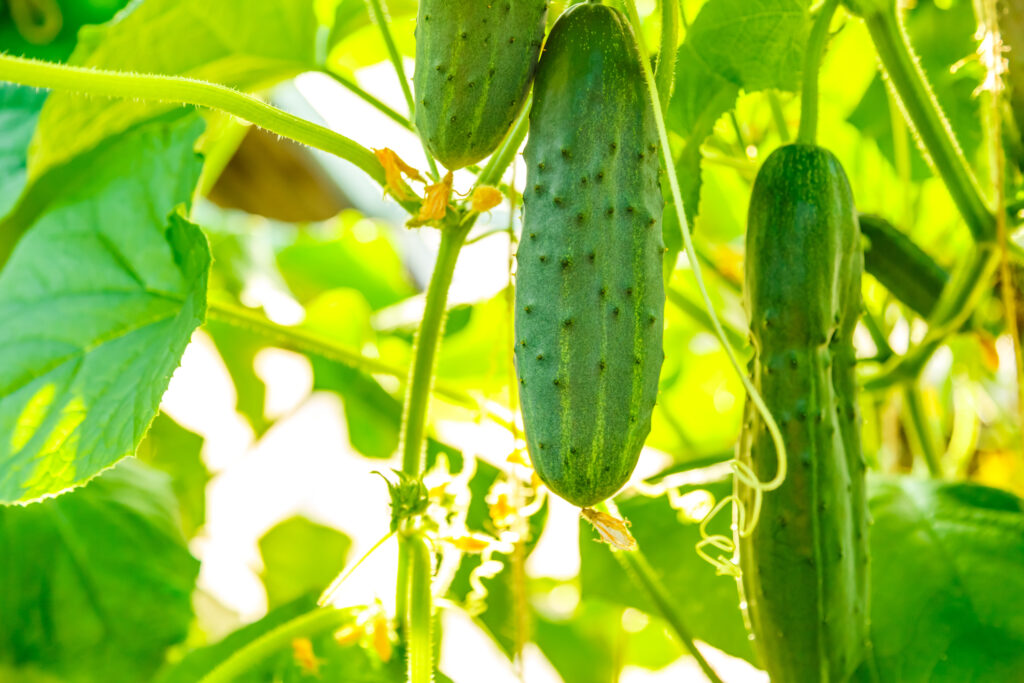
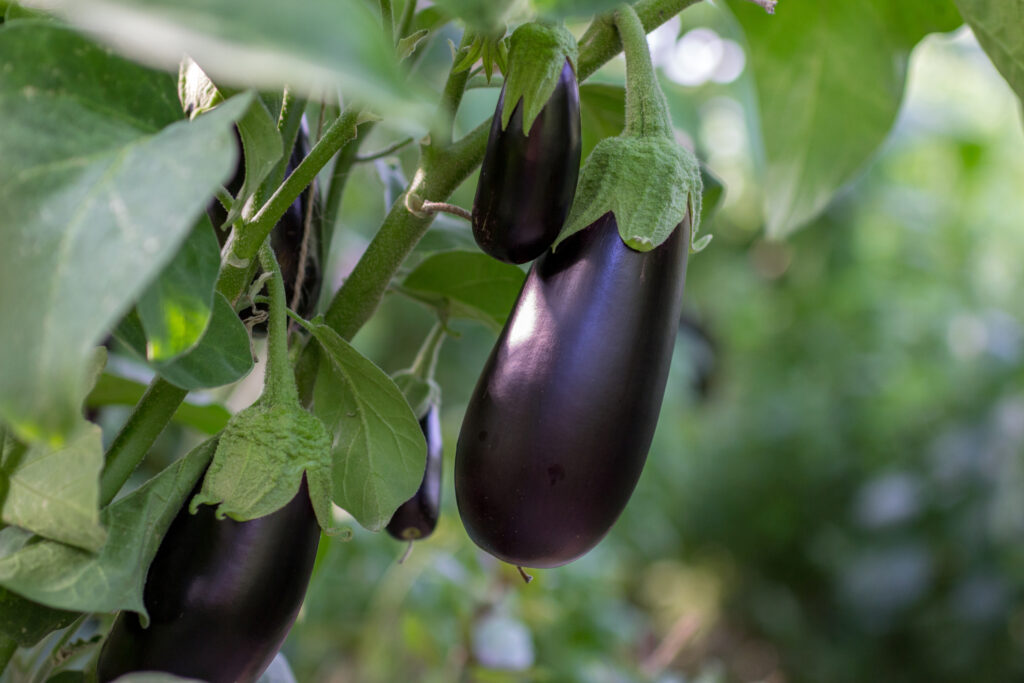
Harvest: Harvest before the eggplant’s color becomes dull.
Storage: You can store keep them in plastic bags or a cool spot for a few days. Eggplants have a shelf-life of one week.
Harvest: The leaves should still be tender for harvesting.
Storage: Lettuce has a shelf-life of one week and should be stored in cold and moist conditions.
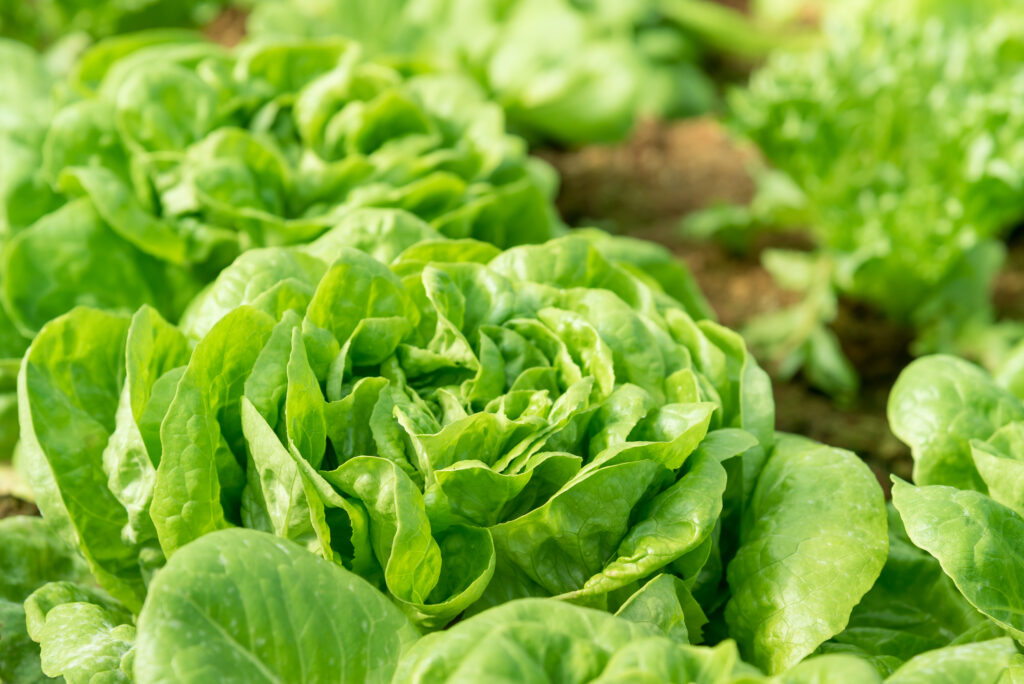
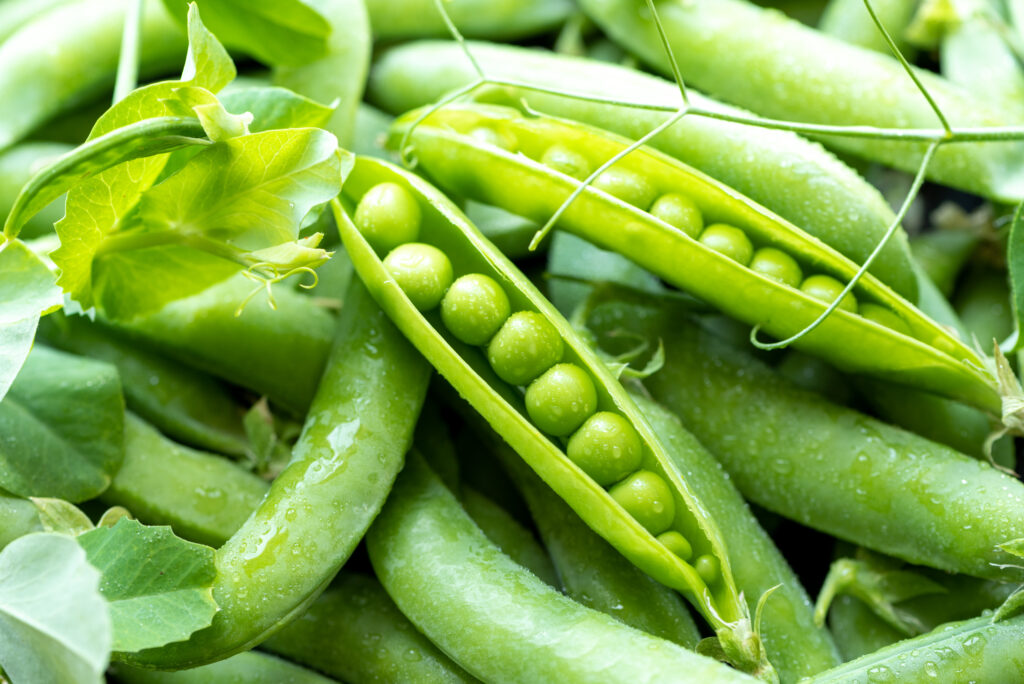
Harvest: These should be harvested while the pods are tender.
Storage: They should be used within one week of harvest. Store them in cold and moist conditions.
Harvest: These can be harvested when they reach a desired color or size.
Storage: Peppers should be stored in cool conditions above 55°, and their shelf-life is typically two weeks.

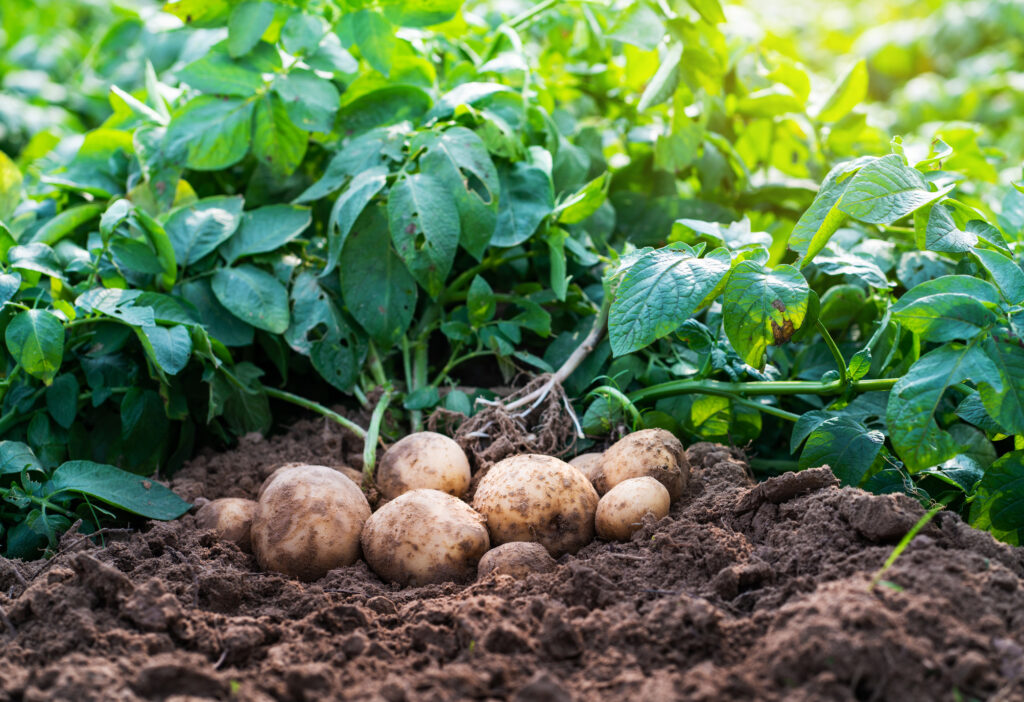
Harvest: You can harvest them when the vines die back.
Storage: The best storage conditions are cold, moist, and dark. Remember to cure for two weeks at 50-60°F before storing. Potatoes have a shelf-life of six months.
Harvest: Harvest squash when it is four to six inches long.
Storage: Keep in a cool spot (55°F). Their shelf-life is usually one week, and they’re a great veggie to share with your neighbors!
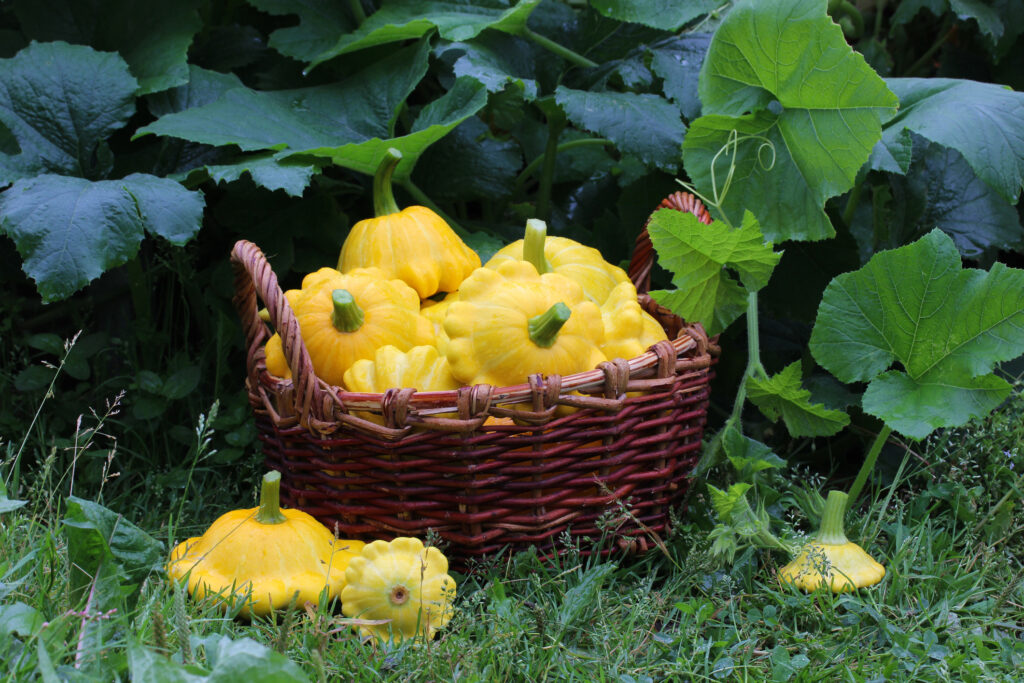

Harvest: Harvest the squash when the shells become hard, and pick them before the first frost.
Storage: Keep them in cool and dry conditions. The typical shelf-life ranges from two to six months, depending on the variety.
Harvest: Harvest them as the tomatoes turn red. However, the fruit can ripen off the vine, which may be necessary if a frost is forecasted late in the season.
Storage: A cool (55°F) and moist location is preferred. Their typical shelf-life is five days.
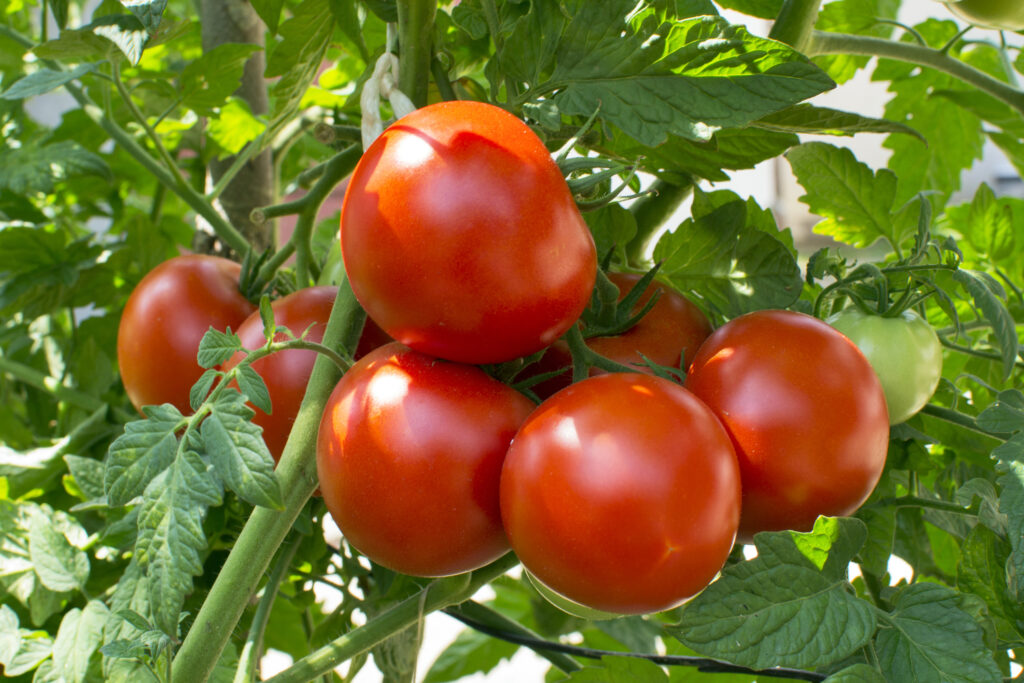
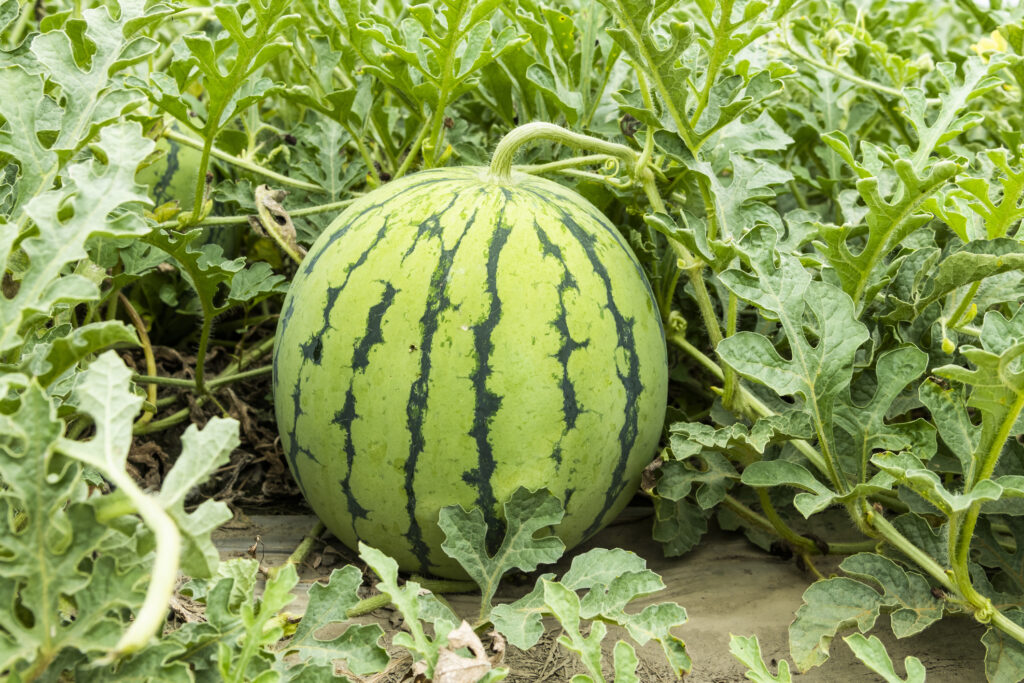
Harvest: Can be harvested when the fruit creates a dull sound when hit or when the underside develops a yellow color.
Storage: A cool location is suitable. You can expect a shelf-life of two weeks.

As you can see, vegetables can be used long after they are picked, giving you many options to enjoy the harvest. Happy gardening!
Other Recommended Reading

- Controlling Common Vegetable Garden Pests
- A Gardener’s Guide To Plant Nutrition
- Understanding Plant Diseases
- Grow A Vertical Vegetable Garden
- Growing Vegetables Indoors From Seed
- Summer Vegetable Gardening: Common Problems & Solutions

At Jung Seed Co, we strive to be your go-to guide for all your gardening needs. Our YouTube channel The Garden Doctor by Dick Zondag is where he provides gardening tips for all levels of gardeners. When you need reliable gardening advice, turn to the trusted experts at Jung.
View our catalog online or browse our website for all of your gardening favorites. To receive info on new products, exclusive deals, and specials, be sure to sign up for our weekly email. Join our Facebook page, to discuss all things gardening!
About the Author: Matthew Olson is a professional horticulturist and garden writer. He has a bachelor’s degree in horticulture from UW-River Falls and is a certified professional with the Minnesota Nursery and Landscape Association. His enthusiasm for plants and the outdoors brought him to the green industry. He regularly writes articles about gardening for both gardeners and industry professionals. He can be reached at matt@mattolsonhorticulture.com.